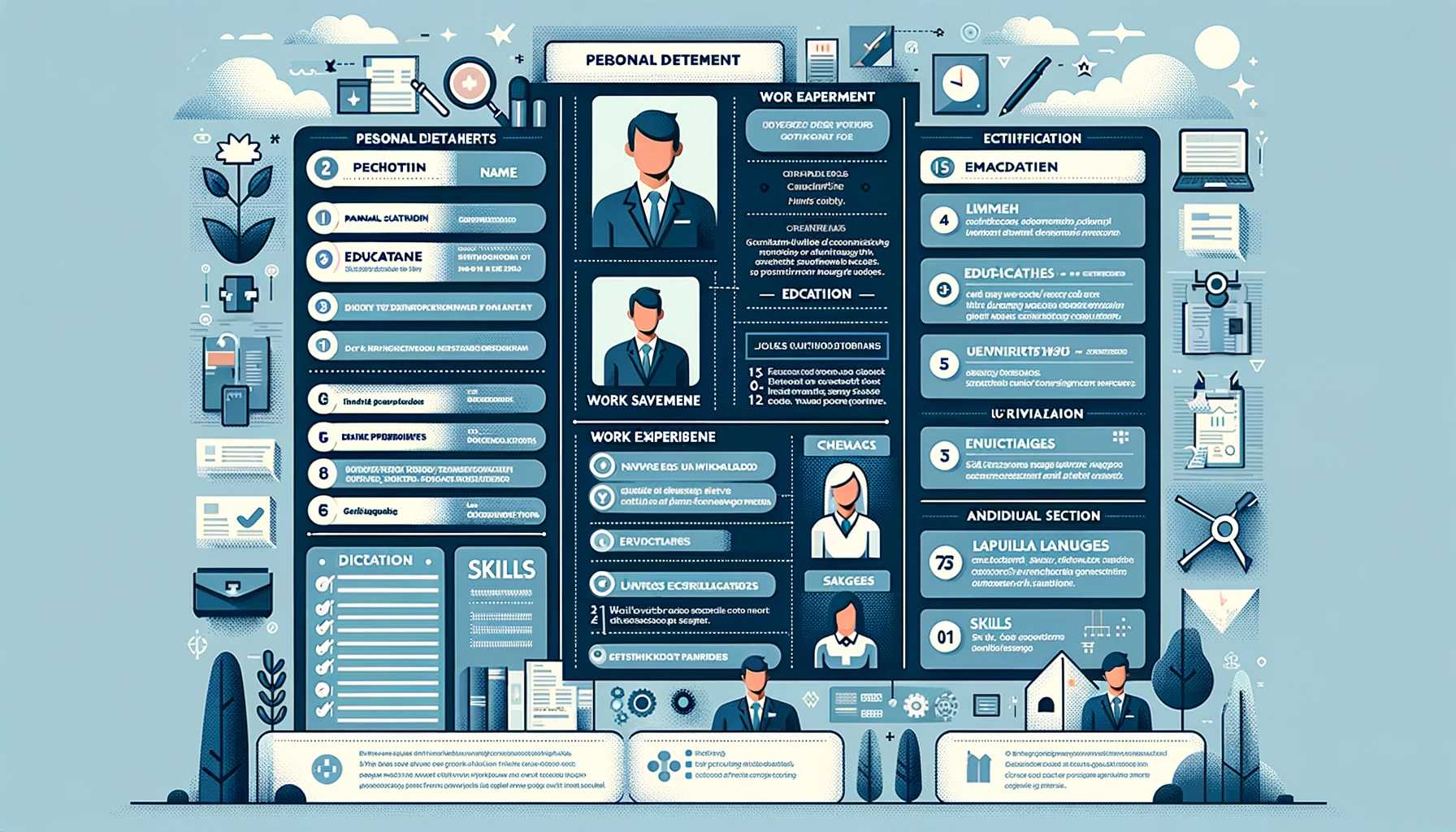Navigating the UK Standard: Resume Writing Format
In the competitive job market of the United Kingdom, a well-crafted resume can be the key to unlocking new career opportunities. But with different industries, employers, and preferences, what exactly constitutes a standard resume format in the UK? In this comprehensive guide, we'll explore the essential elements of UK standard resume writing format, common practices, and tips to help you stand out from the crowd.
Choose the Right Resume Type:
In the UK, the most common resume format is the chronological resume, which lists your work experience in reverse chronological order, starting with your most recent job. This format allows employers to quickly see your career progression and relevant experience. However, if you're a recent graduate or changing careers, you may opt for a functional or combination resume format to highlight your skills and accomplishments.
Include Contact Information:
Your resume should begin with your contact information at the top of the page. Include your full name, phone number, email address, and LinkedIn profile URL (if applicable). Make sure your contact information is accurate and up-to-date, as employers may use this information to reach out to you for interviews.
Write a Compelling Personal Statement:
Following your contact information, include a brief personal statement or summary that highlights your key skills, experiences, and career goals. This section should be concise, yet impactful, and tailored to the specific job you're applying for. Use this opportunity to grab the employer's attention and make a strong first impression.
List Your Work Experience:
Next, list your work experience in reverse chronological order, starting with your most recent job and working backward. For each position, include the job title, company name, location, and dates of employment. Provide a brief description of your responsibilities and accomplishments, focusing on quantifiable achievements and results whenever possible.
Highlight Your Achievements:
Rather than simply listing your job duties, focus on highlighting your achievements and contributions in each role. Use action verbs and specific examples to demonstrate how you added value to your employer and made a positive impact. Quantify your achievements with numbers, percentages, or other metrics to provide concrete evidence of your success.
Showcase Your Education:
After your work experience, include a section highlighting your education and qualifications. List your highest level of education first, including the degree or qualification obtained, the name of the institution, and the dates of attendance. If you have relevant certifications, licenses, or professional development courses, you may also include them in this section.
Highlight Relevant Skills:
In addition to your work experience and education, include a section highlighting your key skills and competencies. This may include technical skills, soft skills, language proficiencies, and any other relevant abilities that are applicable to the job you're applying for. Use bullet points to make your skills stand out and ensure they're easy to read.
Tailor Your Resume to the Job:
One of the most important aspects of resume writing is tailoring your resume to the specific job you're applying for. Take the time to carefully read the job description and identify the key skills, experiences, and qualifications that the employer is looking for. Then, customize your resume to highlight how your background aligns with these requirements.
Use a Professional Format and Layout:
When formatting your resume, keep it clean, professional, and easy to read. Use a standard font such as Arial or Times New Roman, and stick to a font size between 10 and 12 points. Use bold or italic formatting sparingly to emphasize important information, and ensure that your layout is consistent and visually appealing.
Proofread and Edit Carefully:
Before submitting your resume, be sure to proofread and edit it carefully for any errors or typos. Spelling or grammatical mistakes can detract from your professionalism and attention to detail. Consider asking a friend, family member, or professional colleague to review your resume as well, as they may catch errors that you missed.
In conclusion, mastering the UK standard resume writing format requires attention to detail, customization, and a focus on highlighting your relevant skills and experiences. By following these essential tips and best practices, you can create a resume that effectively showcases your qualifications and sets you apart from the competition. So, roll up your sleeves, polish your resume, and get ready to impress employers with your professionalism and expertise. Your dream job may be closer than you think!









